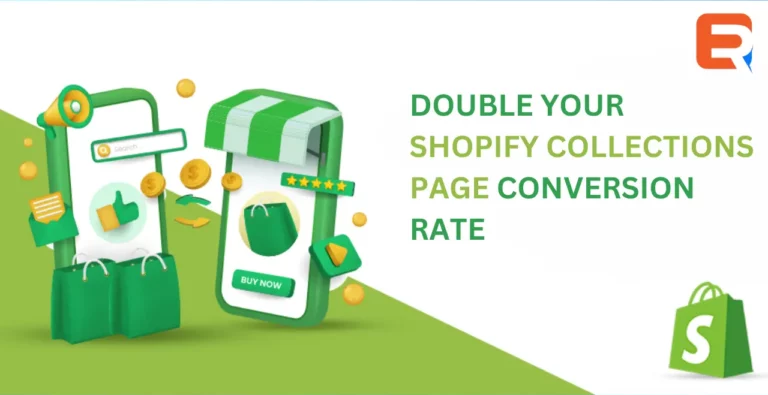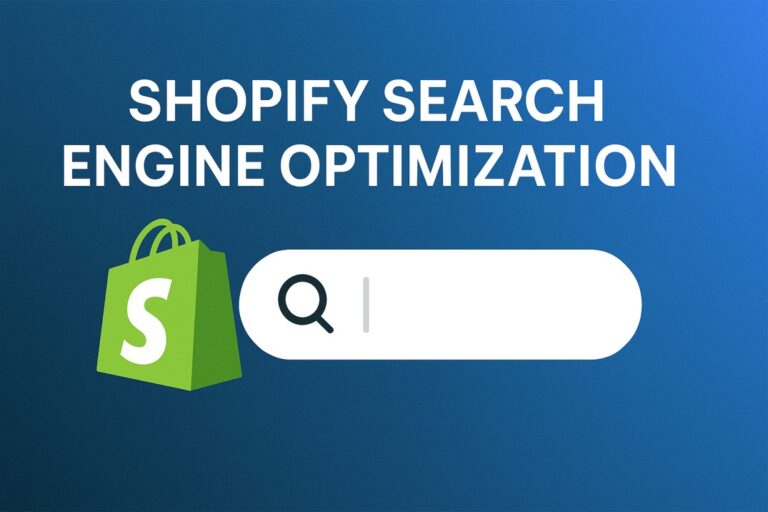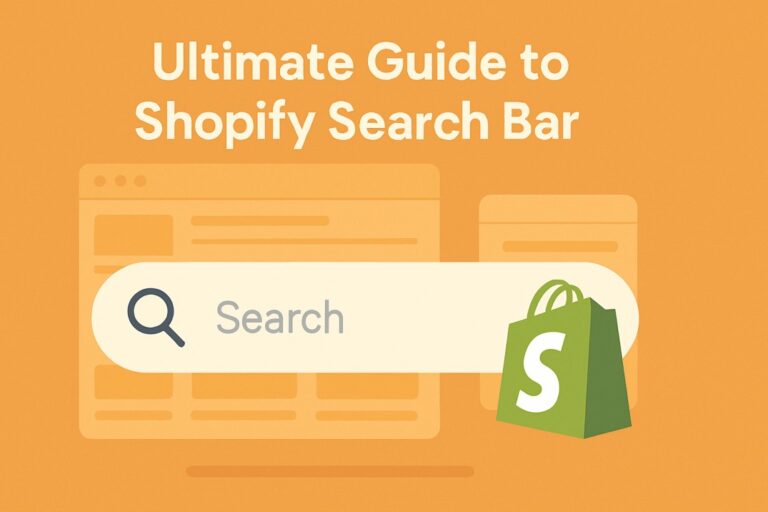Optimizing Shopify collection pages is vital for enhancing product discovery and boosting sales. Collection pages act as a gateway for potential customers to navigate product categories and find relevant items easily. Here we will discuss multiple effective strategies for merchants to maximize collection page performance and double conversion rates.
Make collections easy to find
Merchants must promote key product collections prominently on their digital real estate, like the homepage, category pages, and custom landing pages. Leveraging visual cues such as attractive banners and slideshows featuring seasonal collections aids discovery. Placing direct links to featured collections on the main navigation menu and header bar makes them easily accessible for shoppers. Embedding collection cards with brief descriptions, sale badges and calls-to-action piques browser interest and directs them purposefully.
Ease navigation to multiple categories
Merchants must organize collection pages in a logical and intuitive hierarchy mirroring shopper mentality. For instance, a clothing store may house main categories of ‘Men’ and ‘Women’ followed by sub-folders of tops, bottoms etc. Clear labelling and consistent page formatting affirm shopper bearings when exploring various category depths. Additionally, merchants may employ category filters and an auto-complete search function to simplify navigation for shoppers browsing across device screens.
Optimize SEO for collection pages
Collection pages are heavily researched by online buyers, and merchants must optimize them for targeted keywords. Implementing relevant keywords properly within page URLs, titles, descriptions and images helps increase organic visibility. On-page elements should inform search engines about page topics while engaging users. Additionally, categorizing products granularly, aided by internal linking and architectural tagging, aids the crawler’s understanding of collection page significance. Structuring pages mobile-first with speed-optimized assets also boosts technical SEO.
Implement intuitive product filtering
Merchants should provide multiple navigational aids and filtering options on collection templates aligned to shopper goals. Defaulting to popular attributes like size and colour facilitates quick searches. Filters should appear in a collapsed format to avoid visual clutter with generous spacing. Live counters for filter combinations keep shoppers aware of available options. Offering sorting choices based on what’s new, best sellers, or customer ratings, along with a reset function, improves filtering usability. Intuitive filtering design guides purposeful exploration.
Use Shopify sections to customize templates
The section feature allows merchants abundant flexibility to highlight key elements on collection pages. An introductory section coupled with a product overview enhances scanning. Filter sections in an accordion style promote discoverability. Dedicated sections for new arrivals and curated collections increase relevancy. The inclusion of user-generated content showcases social proof. Adjusting column widths responsively and selectively hiding sections on mobile aids readability across form factors. Merchants can experiment with different section placements depending on strategic priority to optimize flow and balance.
Test persuasive visual cues
Collection page visuals play a large role in influencing purchase decisions, often within mere seconds of browsing. Testing attributes like hero images, alternate thumbnails on hover, and rapid product videos keep browsers engaged. Highlighting timely collections for seasonal trends using framed slots or banners cultivates urgency. Leveraging scarcity language like ‘limited edition’ coupled with stock quantity counters triggers impulse. Including social reviews extract or customer images depicting style that potentially captivates interest. Smart testing of persuasive variables from colour theory to imagery composition helps maximize captivation and conversion on key categories.
Promote new product launches
Despite huge marketing spending, a large share of newly launched products fail commercially owing to insufficient promotion or buyer introduction. Merchants can carve out dedicated sections on collections pages for rotating newly added, restocked or upcoming inventory. Prominently displaying these selections using distinctive headers, icons and descriptive blurbs boosts awareness. Embedding launch timelines with reminder alerts on category pages creates early buzz and follower anticipation. Cross-promoting new collections on homepage widgets and landing pages broadens reach. Early endorsement by loyal customers featuring personal product photos or reviews builds early social proof for newness.
Optimize collection pages for mobile
With mobile devices overwhelmingly driving the path to purchase, pagination and filtering tools on collection templates necessitate optimization passes for smaller screens. Features like collapsible filters and accordion structural logic simplify navigation on the go. Adjusting filter placements strategically balances real estate. Infinite scrolling or ‘load more’ buttons minimize disruption. Responsive scaling of images and text facilitates scanning. Adaptive layouts accommodate diverse orientations and screen dimensions. Optimized loading speeds with optimized assets and caching deliver reliable functionality even on low budgets. Testing multiple form factors systematically across OS is imperative.
Personalize the collection experience
Leveraging anonymized behavioural data, merchants can personalize collections basis past browsing history, abandoned cart items or affinities. Customized collection carousels with rationales preserve relevance for returning visitors. Creation of profile-driven collections around shared interests like a passion for DIY projects fosters belonging. Tools like saved searches using wish lists make collections persistent. Notifications of restocks on saved collections rekindle intent. Loyalty programs potentially unlock personalized benefits on targeted collections. Personalization reorients collections through individualistic, experiential lenses.
Boost email signups using collections
While guest checkout ensures zero friction, merchants miss an opportunity to onboard loyal customers. Strategically designed collections can incentivize email capture by highlighting the benefits of opting-in. For example, teaser collections sample a few curated options to entice signups for full access. Loyalty-exclusive pricing or early-access collections to new launches activate membership incentives. Onboarding flows tied to collecting favourite styles in editable wish lists improve engagement. Post-checkout nudges requesting profile completion for targeted recommendations boost value. Creative signup calls-to-action throughout the collection journey with clear value propositions can effectively drive higher conversion.
Conclusion
Shopify collection pages present a prime opportunity to boost sales when optimized effectively. Merchants can double conversion rates by streamlining navigation, facilitating discovery, and personalizing experiences for shoppers. Ongoing testing and improvement ensure the iterative refining of collection page strategies. With data-driven optimization, stores can unlock new growth routes and fulfil their commercial potential.
Expertrec can help merchants maximize the performance of their Shopify collection pages. As a leading search engine for shopping sites, Expertrec understands which facets most impact the discovery and browsing user experiences. Expertrec can audit collection pages to provide actionable recommendations tailored to each store’s objectives and audiences. Merchants powered by Expertrec gain the advantage of advanced search and discoverability features customized for optimizing browsing and conversions.




